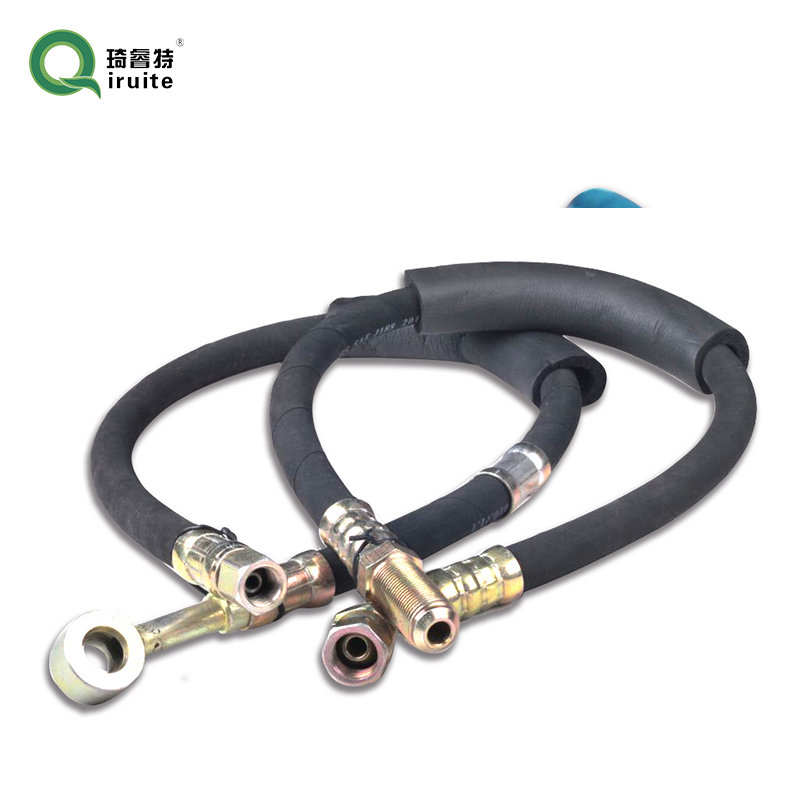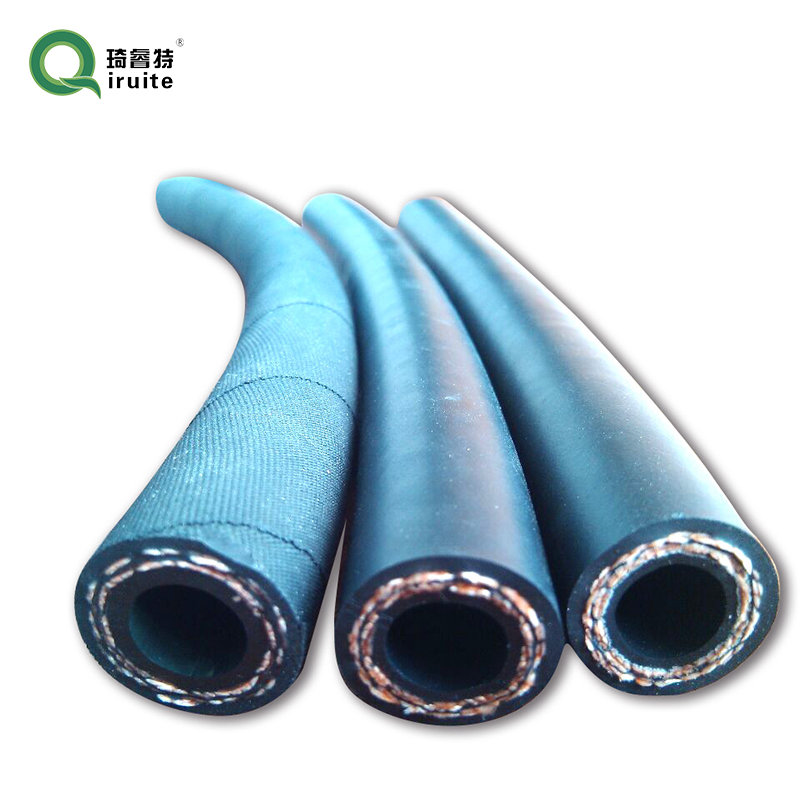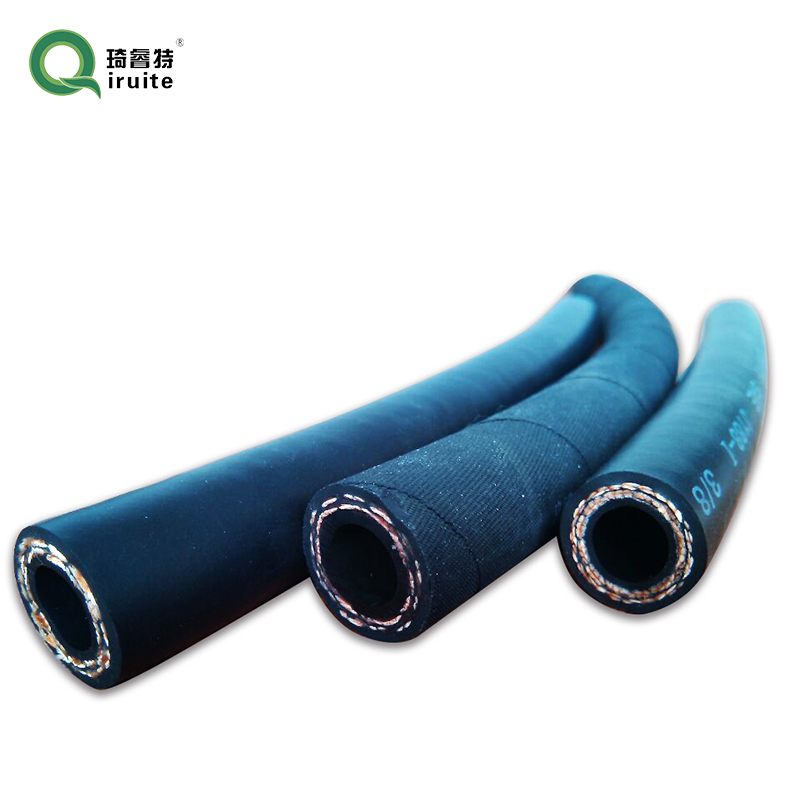High-quality Power Steering Tube | Leak-Proof, OEM-Grade
Field Notes on a High-quality power steering tube: what actually matters
I’ve toured enough steering-component lines to know: tubes look simple until they aren’t. This product comes out of Ningjin County, Hebei Province, and—frankly—that region has carved out a quiet reputation for dependable metal-forming. The pitch is straightforward: stable flow, no leaks, long life, easy fitment. In practice, that means tight cleanliness control, consistent plating, and not cutting corners on burst and pulsation testing.

Key specs at a glance
| Tube material | Seamless low‑carbon steel (SAE J525/C1020–C1035); optional 304 SS |
| Inner diameter | ≈ 6–12 mm (customizable) |
| Wall thickness | ≈ 0.8–1.5 mm |
| Coating | Zn‑Ni 12–20 μm; optional e‑coat for complex bends |
| Working pressure | Pressure line up to ~110 bar; return line ~1–3 bar (real‑world use may vary) |
| Burst pressure | ≥ 320 bar at 23°C (typical test data) |
| Temperature range | ‑40°C to +135°C; short peaks to 150°C |
| Bend radius | ≥ 4× OD (mandrel‑bent) |
| Cleanliness | ISO 16232 level 9 or better |
| Leak rate | ≤ 1×10⁻⁴ mbar·L/s helium test |
| Service life | ≈ 10 years / 200,000 km (duty‑cycle dependent) |
| Standards | SAE J188, ISO 6803 impulse, ASTM B117 salt spray, IATF 16949 QMS |
How it’s made (and why that matters)
Materials are cut and mandrel‑bent, ends are flared (typically 37° or banjo interfaces), then cleaned ultrasonically. After Zn‑Ni plating, every lot runs through pressure hold and helium leak checks. Pulsation tests (per SAE J188 and ISO 6803) simulate steering inputs—think hundreds of thousands of cycles. Coating durability is validated via ASTM B117 salt spray, which, to be honest, is where cheap tubes give up early. Traceability is QR‑coded at the tube stage—helpful when a fleet asks, “what batch did we fit last spring?”

Applications, benefits, and what users say
- Passenger cars and SUVs (OE replacement and upgrades)
- Light trucks, ag equipment, forklifts, and off‑highway machinery
- Retrofit builds where tighter engine bays demand precise bends
Advantages include reduced micro‑leaks at fittings, consistent steering feel at parking‑lot speeds, and better corrosion resistance in salted-road regions. Feedback we’ve heard: “no more morning groan in winter,” and “install was almost boring—everything lined up.” That’s the point.
Vendor snapshot: how does it stack up?
| Criteria | This High-quality power steering tube | Supplier A (generic) | Supplier B (budget) |
|---|---|---|---|
| Compliance | SAE J188, IATF 16949 | Partial SAE | Unknown |
| Burst pressure | ≥ 320 bar | ~250 bar | ~200 bar |
| Salt spray (ASTM B117) | 480–720 h | ~240 h | ~96 h |
| MOQ | ≈ 50 pcs | ≈ 200 pcs | ≈ 500 pcs |
| Lead time | 10–15 days | 25–35 days | 30–45 days |
| Custom bends/fittings | Yes (banjo/flare/quick connect) | Limited | No |
| Warranty | 24 months | 12 months | 6 months |
Customization & real‑world cases
Options include ID/OD tuning, tighter bend stacks, and coatings (Zn‑Ni, e‑coat, or full stainless). Fittings can be matched to OE geometry; noise‑damp sleeves are available for racks sensitive to NVH. One northern taxi fleet swapped in High-quality power steering tube assemblies before winter—reporting zero cold‑start weeps after 60,000 km. Another shop doing track‑day prep liked the repeatability: “five sets, identical alignment, no tweak needed,” they told me. Small sample, sure, but it tracks with the lab data.

Certifications, testing, and support
Production follows IATF 16949 with PPAP on request; material certs and salt‑spray reports are bundled for OEM or fleet buyers. Every High-quality power steering tube is 100% pressure‑tested, with lot traceability back to coil. And yes, installation is DIY‑friendly if you’ve got flare‑nut wrenches and patience—though alignment shims help more than people expect.
References
- SAE J188: Power Steering Pressure and Return Hose—Performance Requirements. https://www.sae.org/
- IATF 16949: Automotive Quality Management System. https://www.iatfglobaloversight.org/
- ASTM B117: Standard Practice for Operating Salt Spray (Fog) Apparatus. https://www.astm.org/
- ISO 6803: Rubber or plastics hoses and hose assemblies—Hydraulic impulse test. https://www.iso.org/
-
Quick Release Ball Joint – Tool-Free, Durable, Leak-TightNewsNov.13,2025
-
Spiral Guard Hose Protection — Durable, UV-Resistant WrapNewsNov.13,2025
-
SAE J1401 Brake Hose Specifications: Durable, Low ExpansionNewsNov.13,2025
-
SAE J1401 Brake Hose Specifications | DOT-Approved, DurableNewsNov.13,2025
-
Spiral Guard Hose Protection - Abrasion-Resistant, UV-StableNewsNov.10,2025
-
SAE J1401 Brake Hose Specifications | DOT-Certified, DurableNewsNov.10,2025

